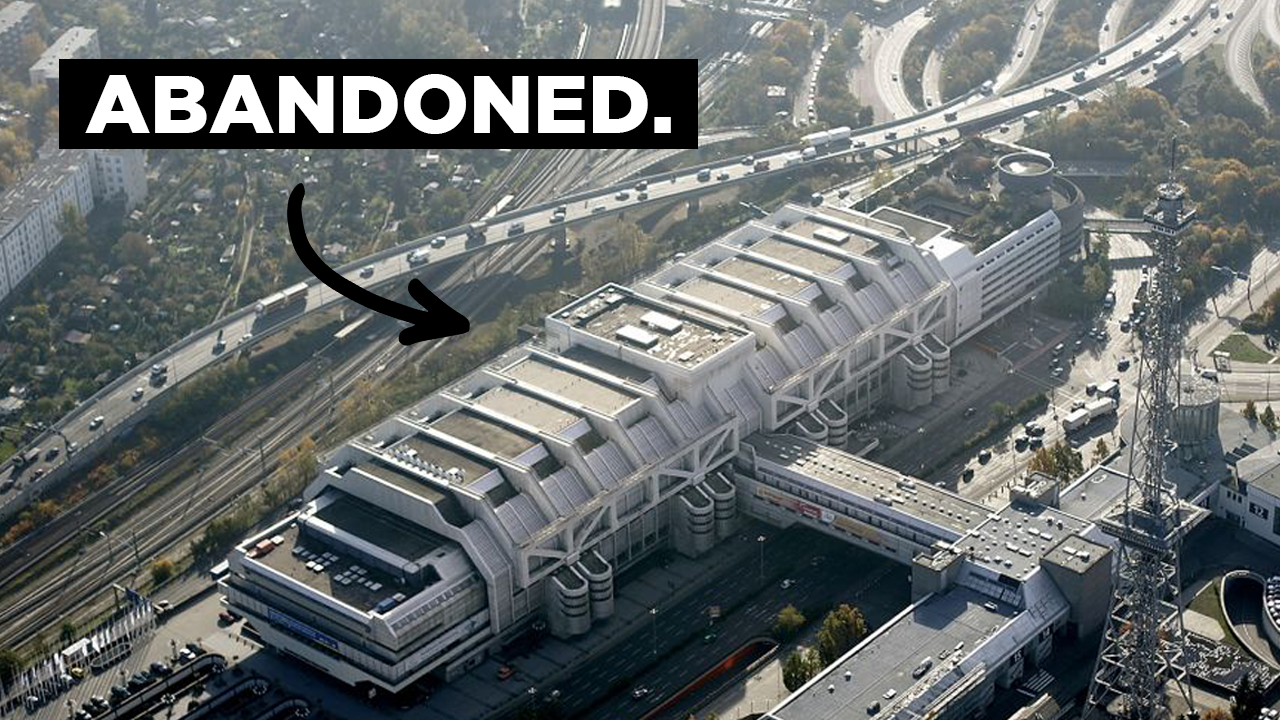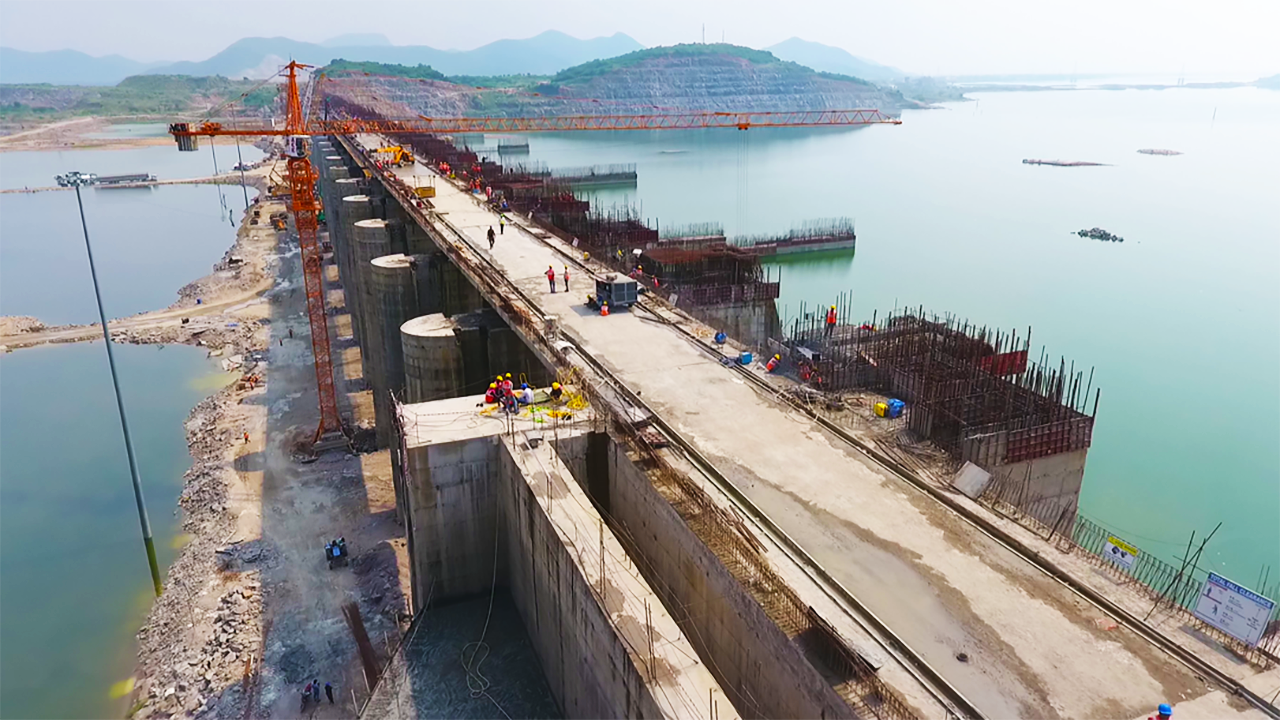This Flood Control Upgrade Creates a Nature Reserve
- Youtube Views 1,395 VIDEO VIEWS
HOUTRIBDIJK - a 25-kilometre dam that divides the Netherlands' largest lake in two - is getting an upgrade as it is no longer deemed sufficient to protect the coast from severe storm surges.
Built between 1963 and 1975, the dam was initially intended to aid land reclamation in the western section of the lake, Markermeer.

Above: A map showing upgrades on the Houtribdijk (image courtesy of Rijkswaterstaat).
However, the land reclamation never begun as opponents argued that the lake should remain intact to serve as a buffer zone in case of flooding, for recreational use and as a nature reserve.

Above: The dam serves as a storm surge barrier and carries an important trunk road (image courtesy of Rijkswaterstaat).
Now, the dam stands as an important defence against storm surges as well as a connection between the provinces of Flevoland and Noord-Holland.

Above: Half of the dam will be reinforced using conventional techniques (image courtesy of Rijkswaterstaat).
Renovation of the dam began in 2017 and is projected to finish in 2020.
While roughly half of the dam will be renovated using more conventional methods - which include reinforcement with quarry stones that are bound together by asphalt - the other half of the dam will be reinforced using sandy banks.

Above: The sandy banks will provide new habitat, but also act as an affective storm barrier (image courtesy of Rijkswaterstaat).
This is the first time that a fresh-water dam is being reinforced using this technique.
The gradual sandy banks will stretch some 70 metres into the water, and a further 70 metres below the surface.

Above: A new nature reserve is also being constructed next to the dam (image courtesy of Rijkswaterstaat).
The sand will help break the waves, but also encourage development of new habitats for birds, inspects, plants and fish. A larger nature reserve is also being built near the levee.
Together, these works will require about 10 million cubic metres of sand, which is being dredged from the surrounding lakebed.

Above: The project requires 10 million cubic metres of sand, dredged from the surrounding lake ( image courtesy of Rijkswaterstaat).
Authorities hope that the principles applied at Houtribdijk can be used more widely in the future in other locations where flood defences need to be strengthened as a result of climate change.








